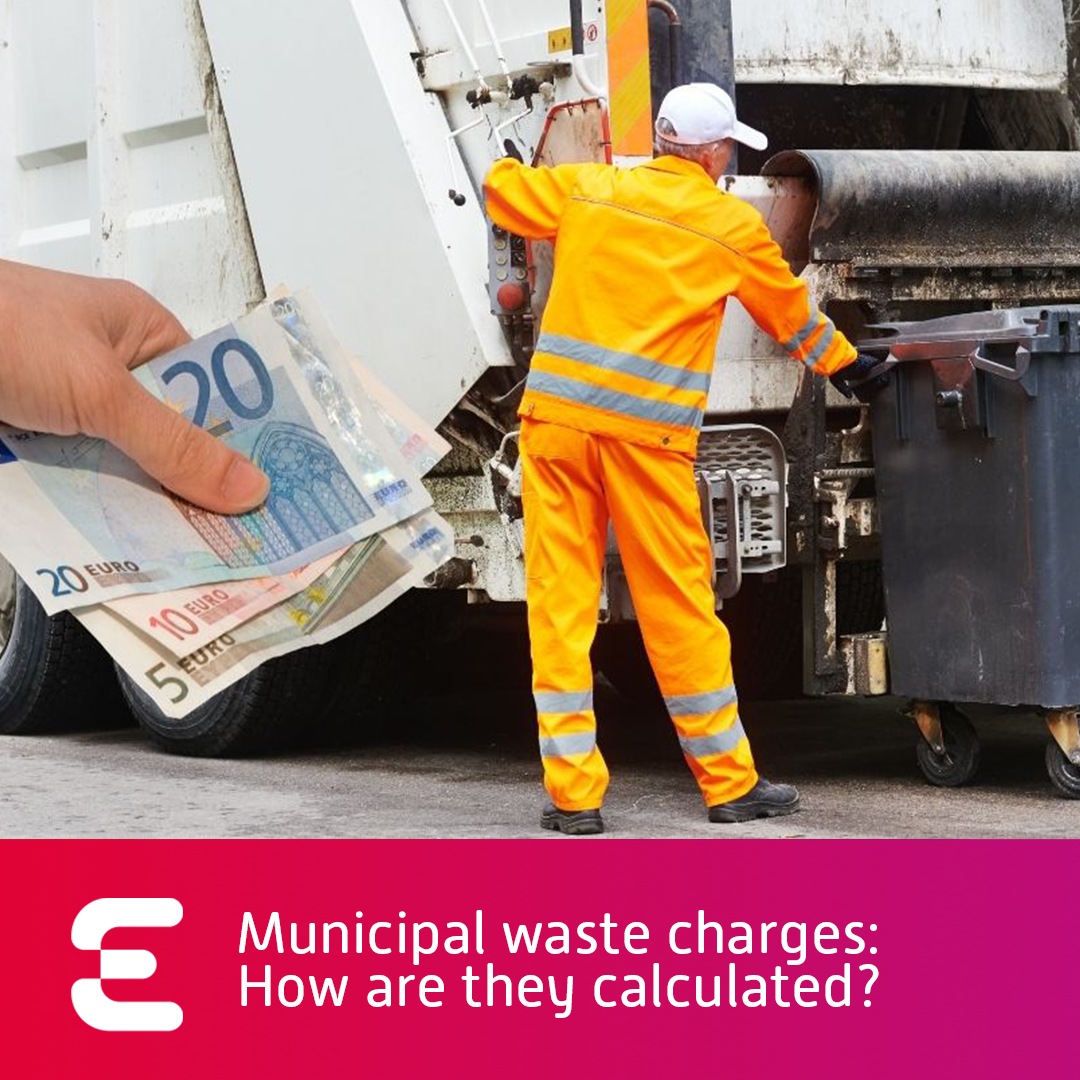Municipal waste charges: How are they calculated?
Collecting municipal waste is not a cheap affair. Many people complain that their annual waste collection costs have increased. This is due to new legislation, which pushes for more ecology and separation but often also less effective solutions for local governments.
Legislation has the main say
The rates of the fee for municipal waste and small construction waste are set by local governments for the population on the basis of legislation. At the same time, each city also reflects the real costs of transport, export, landfill rental, waste management, and the like in the final calculation of the fee. And it is in these parameters that cities and municipalities may differ and space is created for diverse price regulation.
What are the legal rates for the price of waste?
The law stipulates individual rate criteria and minimum and maximum values. The price is determined per cubic decimeter or kilogram of municipal waste or small construction waste. The municipality itself can include the costs in the fee:
- for municipal waste collection containers
- for composting tanks and sorted waste
According to the current wording of the law, the fee rate is:
- not less than EUR 0.0033 and not more than EUR 0.0531 per liter or cubic decimeter of municipal waste, including small construction waste, if no quantitative collection of small construction waste has been introduced in the municipality
- not less than EUR 0.0066 and not more than EUR 0.1659 per kilogram, if no quantitative collection of small construction waste has been introduced in the municipality,
- not less than EUR 0,0066 and not more than EUR 0,1095 per person per calendar day,
- not less than 0,015 euro and not more than 0,078 euro per kilogram of small construction waste without pollutants, if quantitative collection of small construction waste has been introduced in the municipality.
The law, therefore, leaves a considerable amount of the municipal waste fee to the municipality. It differs in individual municipalities mainly from the degree of waste separation and the possibility to assess waste collection by address.
What does the municipality include in the waste fee?
The main costs are the removal and disposal of municipal waste, the removal of the bulky waste, and landfilling. Responsible waste management and higher recycling rates reduce the amount of waste in landfills, which can reduce the fee itself. However, it is not a matter of conscious waste management at home, because the municipality also reflects in the price for waste the liquidation of black dumps or the cleaning of public spaces and the like.
More targeted choice equals better pricing policy.
Waste collection fees may be more targeted
Cities and municipalities can choose not only the amount of fees but also the waste management system itself. The more targeted it is, the more responsible the population is able to gain more benefits. The municipal waste fee does not have to be a flat rate, but targeted and motivates people to a higher degree of separation.
Such an effect can be achieved, for example, thanks to ESONA’s intelligent waste management system. It will ensure effective registration of separated waste, can optimize costs by accurately determining export days, evaluate the separation of the waste directly for a particular house and everything can be viewed directly on a computer or mobile application. Thanks to this, the municipality can reduce not only the total fees for waste but also reward the more responsible ones by different categorizations of the population.

